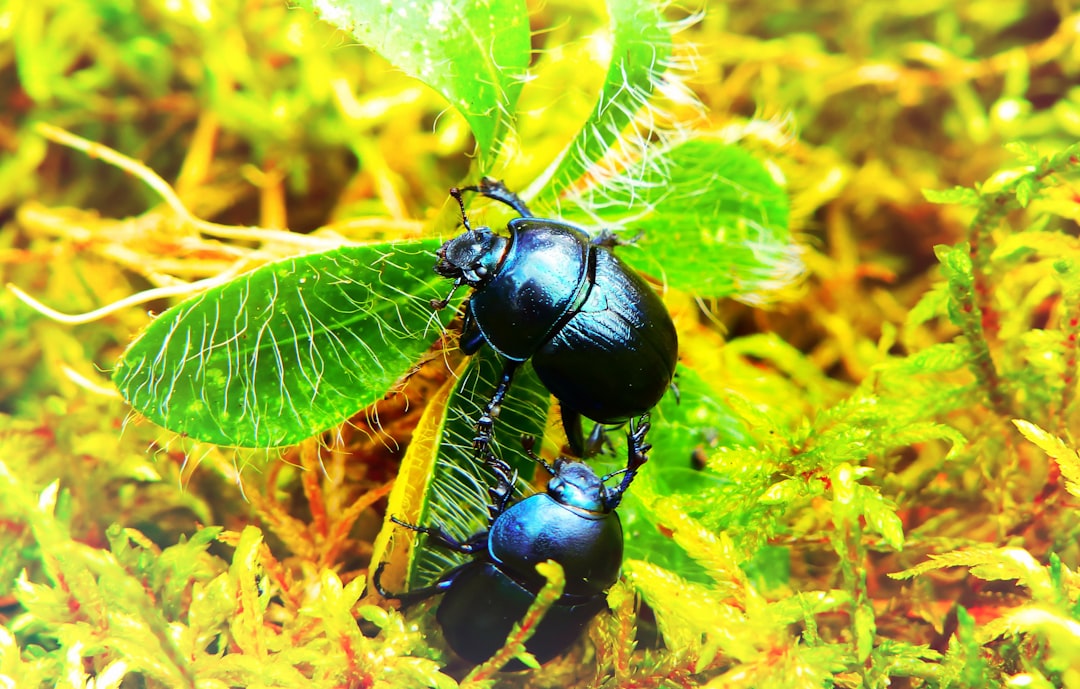Spring Tulip Planting: A Guide to Success

Even if you missed the fall planting window, don't despair! You can still plant tulips in the spring and enjoy their beautiful blooms. In this article, we'll explore the steps and tips to increase your chances of success when planting tulips in the spring.
Why Plant Tulips in Spring?
Typically, tulips are planted in the fall to allow them to go through a cold dormancy period. However, life can get in the way, and you might miss that ideal planting time. Spring planting can still yield lovely results, especially if you follow the right procedures. Spring-planted tulips can add a splash of color to your garden when other flowers are just starting to wake up.
Selecting the Right Tulip Bulbs
When choosing tulip bulbs for spring planting, look for firm, healthy bulbs. Avoid any that are soft, moldy, or have signs of damage. Different tulip varieties have different bloom times and colors. You can choose early - blooming, mid - blooming, or late - blooming varieties to extend the flowering season in your garden. Some popular tulip varieties include the Darwin Hybrid tulips, which are known for their large, sturdy flowers, and the Parrot tulips, with their uniquely fringed petals.
Preparing the Bulbs
Since spring - planted tulips won't have the long cold period that fall - planted ones do, you can give them a head start by pre - chilling the bulbs. Place the bulbs in a paper bag and store them in the refrigerator (not the freezer) for about 4 - 6 weeks before planting. This mimics the natural cold dormancy they would experience in the ground during winter. Make sure not to store the bulbs near fruits, as fruits release ethylene gas, which can damage the bulbs.
Choosing the Planting Location
Tulips thrive in full sun to partial shade. Select a location in your garden that gets at least 6 hours of sunlight per day. The soil should be well - drained, as tulip bulbs can rot in waterlogged soil. If your soil is heavy clay, you can improve drainage by adding organic matter such as compost or well - rotted manure. Work the organic matter into the soil to a depth of about 8 - 10 inches.
Planting the Bulbs
Dig holes for the tulip bulbs. The general rule of thumb is to plant the bulbs at a depth that is about 2 - 3 times the height of the bulb. For example, if a bulb is 2 inches tall, plant it 4 - 6 inches deep. Space the bulbs about 4 - 6 inches apart to give them enough room to grow. Place the bulbs in the holes with the pointed end facing up. Cover the bulbs with soil and gently firm the soil around them.
Watering and Care
After planting, water the bulbs thoroughly. Keep the soil moist but not soggy during the growing season. Once the tulips start to sprout, you can apply a balanced fertilizer to encourage healthy growth. Follow the instructions on the fertilizer package for the correct application rate. As the tulips grow, you may need to stake them if they are top - heavy, especially in windy areas. Remove any weeds around the tulips to prevent competition for nutrients and water.
After - Bloom Care
Once the tulips have finished blooming, resist the urge to cut off the foliage immediately. The leaves are essential for the bulb to store energy for the next year's growth. Let the foliage turn yellow and wither naturally. You can then cut it back. If you want to save the bulbs for future plantings, carefully dig them up after the foliage has died back. Store the bulbs in a cool, dry place in a mesh bag or a paper box until it's time to plant them again.
Common Problems and Solutions
Tulips can be susceptible to a few problems. One common issue is tulip fire, a fungal disease that causes brown spots on the leaves and flowers. To prevent this, make sure to plant the bulbs in well - drained soil and avoid overcrowding. You can also remove and destroy any infected plant parts. Another problem is pests such as aphids and slugs. Aphids can be controlled with insecticidal soap, while slugs can be deterred by using slug traps or diatomaceous earth around the plants.
In conclusion, spring planting of tulips is a viable option for adding beauty to your garden. By following these tips on bulb selection, preparation, planting, care, and problem - solving, you can increase your chances of having a successful tulip display. So, don't let a missed fall planting opportunity stop you from enjoying the splendor of tulips in your garden.